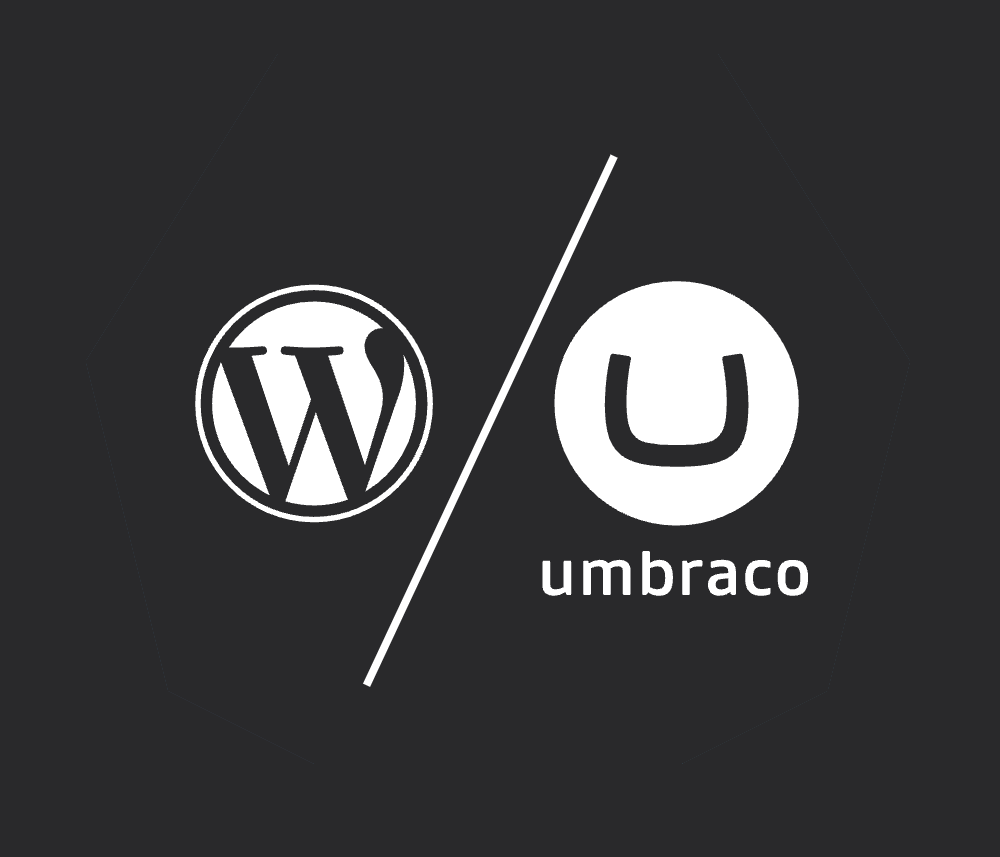3 Options for Third Party CMS Integrations: Pros and Cons
Chris Osterhout SVP of Strategy#CMS, #Episerver, #Ektron

We look at the possible ways to integrate data or functionality from a third party system or service into your website and weigh the advantages and disadvantages of each one.
In today’s online business ecosystem, there are more and more SaaS-based systems available to companies, giving them the capability to manage online marketing, track website visitor data, manage customer information, maintain product data, and much more. It’s easier than ever to sign up for these services, but since each of them functions independently, maintaining multiple systems can often lead to data silos.
Another issue that often arises is how to integrate these third party systems into a company’s website. Determining how to include external data or functionality on your site can depend on a number of factors, including what type of site or service is being used, whether a developer is able to implement new functionality, and what experience you want to provide for the site’s users.
From a high level, there are three ways to approach integrations with a Content Management System (CMS) driven website. Let’s look at the pros and cons of each one:
Option 1: Link to an External Site
This option is the easiest to implement, since it simply requires site authors to create a link that will send users from their site to another site. It is often a good idea to create a landing page that lets users know they are being directed to an external site, such as a project management tool like Basecamp.
Pros:
- No real technical hurdles are necessary; simple links can be easily created within the CMS by any content author.
Cons:
- This is not a true integration. The external site which users are being directed to will not look like your site or match your brand.
- Users’ activity on the external site will not be tracked, so you will not be able to see what pages they visit or actions they perform once they leave your site.
Option 2: Integrate an External Site Within an Iframe
Depending on how the third party site is displayed, another option is to use an iframe, or inline frame, to embed the external site within your site. This creates a window within your site which displays the external site, allowing users to utilize this third party system without leaving your site.
Pros:
- Easy to implement.
- The user will remain on your site, rather than being sent to an external site.
Cons:
- An iframe usually provides a display that is less than optimal, since the design of the site being displayed within the iframe will not match your site’s branding.
- You have no control over how the third party site is displayed. If your site is responsive, the iframe is unlikely to display correctly in a mobile context, unless the third party site is also mobile.
- While the external site will appear within the context of your site, you will not be able to track users’ activity while they are using it.
- Some sophisticated iframe implementations may require development work.
Options 3: Utilize an API/Database Connection
A CMS driven website provides the ability to use APIs to integrate programmatically with third party systems, allowing for seamless integrations with external data.
Pros:
- This option provides the best user experience, since any external functionality is integrated within the website, allowing users to utilize these extended capabilities in the context of your site and giving you control of the user interface.
- You will be able to track analytical data showing how users utilize the third party system.
- API integrations often allow for bi-directional communication, allowing your site to push and pull data rather than just display it.
Cons:
- This option is the most technically challenging, and therefore the most expensive. Implementing it will require development work.
- Site owners need to be aware of any technical changes to the third party systems which may have a negative impact on how the data is used within the context of your site. If any updates are made to the external system that will affect its functionality on your site, development work may be needed to ensure that users are able to continue to utilize them.
At Diagram, we work with CMS driven websites every day, and we understand the challenges that site owners face in integrating their data across all of the systems and services that they use. As experts in the EPiServer and Ektron CMS platforms who have created integrations like the EPiServer-HubSpot Connector, we can help you utilize the powerful capabilities of a CMS to make sure your site is providing the best experience for your users and meeting your business goals.
Do you have any questions for us about how best to integrate a third party system into your website? Do you want to know more about the options above? Please contact us to speak to a Solutions Engineer, or share any other questions or comments below.
Related Posts

Umbraco Cloud vs WordPress
Discover why Umbraco outshines WordPress with superior support, security, and a hybrid CMS architecture, offering a meticulously vetted, versatile platform for modern web development.

Why Choose a CMS?
We look at the advantages that a Content Management System (CMS) can bring to your digital and content marketing strategy.
Results Matter.
We design creative digital solutions that grow your business, strengthen your brand and engage your audience. Our team blends creativity with insights, analytics and technology to deliver beauty, function, accessibility and most of all, ROI. Do you have a project you want to discuss?
Like what you read?
Subscribe to our blog "Diagram Views" for the latest trends in web design, inbound marketing and mobile strategy.
